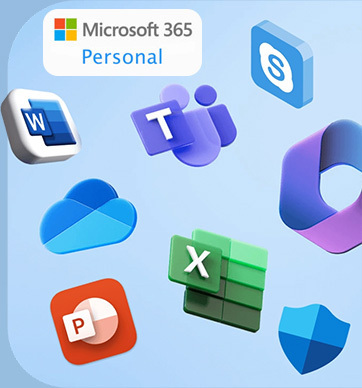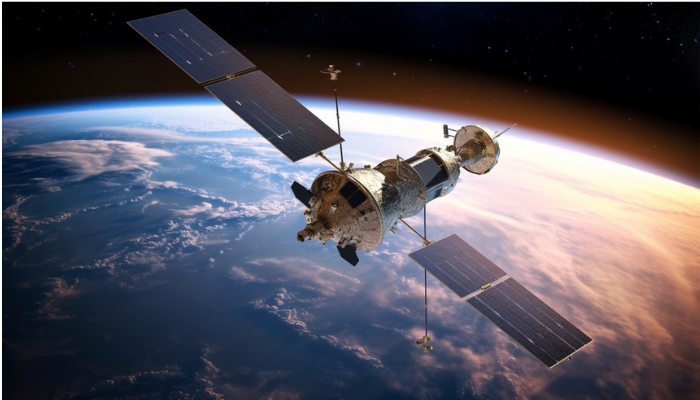Theo Van Zyl, Head of Wireless at Vox talks satellites and connectivity and the value of speed when reimagining enterprise connectivity.
Latency is a keyword for connectivity, especially within organisations that demand high-speed, highly available solutions that meet their growing data requirements. At a time when the total data volume from enterprises globally sits at more than 2.02 petabytes at 42.2% annual growth. In short, data is exploding and so is the need for connectivity platforms that provide higher data throughput to allow organisations to transmit and receive data at speed. Efficient data transfer is critical in the cloud-powered, digital economy.
Enter LEO. This multi-orbit solution is often used for high-end communication services such as the military and mission-critical networks because it is fast, secure, and capable of handling extensive data transfers. LEO satellites sit at approximately 500 to 1,200 km from the Earth’s orbit compared with GEO satellites at 35,000km and MEO satellites at between 10,000 and 12,000kms. Thanks to its proximity to Earth, LEO satellites deliver a latency that’s less than 100 milliseconds whereas GEO satellites – where most communication solutions reside – are approximately 600 miliseconds and more. It also offers a throughput of 250Mbpsdownloads and 20Mmbps uploads.
Other advantages of LEO are that the proximity to Earth allows for the system to bypass many geographic conditions and can provide global coverage. These networks are also uninterrupted and secure which are critical factors for data transfer – no organisation wants to prioritise speedy communication of the security of their data. Fortunately, LEO, having been designed for some of the most secure organisations and entities around the globe, brings robust security as a standard.
Until recently, LEO connectivity wasn’t widely available in South Africa primarily because of the cost factor. This is largely due to the fact that LEO satellites aren’t static like their GEO counterparts – they orbit the Earth which means the organisation also needs an antenna that can follow the satellite signal all the time. Another barrier to entry has been that LEO requires 100s of satellites to provide coverage compared with GEO needing only one or two to cover large areas.
Which introduces the question of cost. Why would the enterprise turn to the LEO network when the cost is significantly higher than that of a GEO network? The answers lie in the keywords of high-speed connectivity with low latency. It is an ideal solution for organisations lacking access to fibre or wireless technology and it delivers exceptional service delivery and reliability. While the price tag remains high, partnerships with organisations specialising in connectivity solutions are bringing the cost of LEO into a more realistically affordable category.
While the solution remains relatively costly today, increased usage and adoption by data-driven organisations will likely see it become less expensive over time. Once the business has invested in the technology, it also has the option to potentially connect communities and towns with one LEO solution, deploying 4G or 5G connectivity throughout a region or area. This is a useful investment for mining or manufacturing organisations that operate within rural regions and want to drive the upliftment of local communities alongside gaining the connectivity advantage.
Taking it deeper into niche industry territory, LEO satellites offer immense value to organisations that want reliable connectivity to drive safety and productivity. Ships out at sea, mining communities, and other critical communication requirements can be met by LEO satellites regardless of where the organisations or facilities are located.
LEO, while still on the cost fringes for some organisations, is gaining traction across enterprises and industries thanks to its ubiquity, security, and high-speed capabilities. It delivers the backup and redundancy that organisations want and need. It is perfectly positioned for the rising tide of automation and AI, providing the modernising organisation with the connectivity architecture it needs to thrive.














